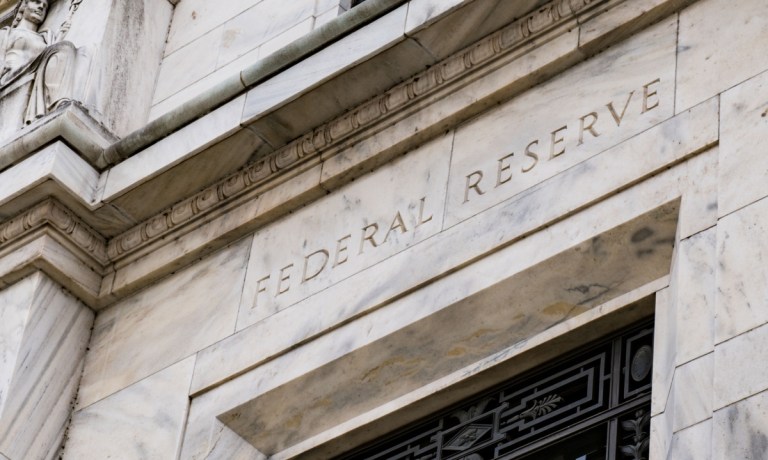
Banks are seeing a slide in demand for loans — at the same time that they’re tightening lending standards.
And the pressures, as noted in the most recent Federal Reserve survey of loan officers through the “Senior Loan Officer Opinion Survey on Bank Lending Practices,” have impacted all manner of loan types, spanning commercial and consumer options.
The survey, which covered the first quarter of 2024, and which was released on May 6, said that for business loans, “survey respondents reported on balance, tighter standards and weaker demand for commercial and industrial (C&I) loans to firms of all sizes over the first quarter.” The same observances extended to real estate loans.
Furthermore, “for loans to households, banks reported that lending standards tightened across some categories of residential real estate (RRE) loans while remaining unchanged for others on balance … Moreover, for credit card, auto, and other consumer loans, standards reportedly tightened and demand weakened.”
Of the banks that reported having tightened standards or terms on C&I loans, the reasons given were “less favorable or more uncertain economic outlook, a reduced tolerance for risk, and worsening of industry-specific problems as important reasons for doing so,” the Fed reported.
The data comes against the backdrop where, as PYMNTS Intelligence found, small- to medium-sized business (SMB) growth in 2023 markedly reversed a two-year trend in which nominal GDP growth outpaced that of SMBs.
In 2021, SMBs reported a 3.2% growth rate while nominal GDP grew by 12%. In 2022, SMBs reported a 5.5% growth rate, and nominal GDP rose 7.1%. Last year, SMB revenues grew 6%, while nominal GDP rose by 5.7%.
SMBs are also at less risk of failure, as measured by the risk of bankruptcy. Last year, the rate of business bankruptcies increased by 40%, and SMBs reported a 2% increase in the risk of closing in that time frame.
These figures suggest that since pandemic-related restrictions lifted, consumers strongly support Main Street SMBs, contributing to a gradually increase in optimism on the economy.
A significant percentage of banks reported tightening standards for credit card loans, “while moderate and modest net shares of banks reported tightening standards for other consumer loans and auto loans, respectively,” the Fed said. The banks themselves are increasing minimum credit score requirements for credit card loans, and credit limits have also been tightened, the loan officers told the Fed.
PYMNTS Intelligence data showed at the end of last year that 57% of credit cards are owned by consumers living paycheck to paycheck, and about 80% of the P2P economy, as we might term it, holds two cards on average.
Our own surveys indicated that 43% of respondents said they’d revolved their credit card balances into the final weeks of last year — up from the less than 41% that had been seen in 2022. While 59% of paycheck-to-paycheck consumers who struggle to pay bills revolved their balances in 2022, 65% did so in 2023 — and the read across here might be that at least some of the tightening as noted above comes as a response to some of the pressures facing the paycheck-to-paycheck households.